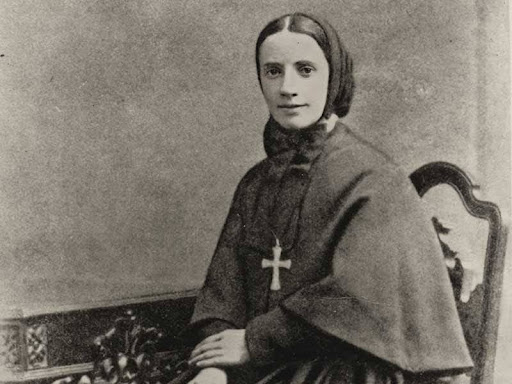St. Valentine: A Brief Introduction
Who is St. Valentine, anyway?
As Valentine’s Day approaches, many chocolate boxes are bought and proposals made, but how many take time to research the real Saint Valentine, the reason for the holiday. Many stories and versions of this famous saint have been created, in spite of the controversy and lack of records of his life and work. Even with this all, he is indisputably very holy, a saint and martyr, who gave his life for God.
The most widely known account of what brought St. Valentine to be a martyr is how he helped to marry Romans in the 3rd century who were not allowed to join in matrimony as a result of the emperor Claudius II’s attempt to strengthen the military. St. Valentine would be arrested for doing this. While in jail, he was able to teach the jailer’s blind daughter, Julia, and restored her sight to enable her to read the last letter he would write to her before he was killed. As a result, the whole family converted to Catholicism.
Saint Valentine was alternatively known as a priest and doctor whose faith was tested when a judge brought his blind daughter to him to cure. The moment he laid hands on her, St. Valentine restored the girl’s sight, and the whole family subsequently converted to Catholicism. He was later to be arrested for assisting other Catholics, and, during his time in prison, was able to become close enough with the emperor Claudius to attempt to convert him to Christianity, but consequently was sentenced to death. He died on the 14th of February in the latter half of the 3rd century (exact years are debated).
There are also accounts of two more St. Valentines, one being the bishop of Terni and the second being martyred in Africa with some companions. The real Saint Valentine may have a life made up of components of the stories. Some may be purely myths and there may have been more than one St. Valentine in the 3rd century Roman empire. So, although there may not be plentiful or detailed records of St. Valentine’s life, he certainly is an appropriate man to have as the patron saint of love, on account of his suffering great pain, imprisonment, and being martyred all for the love of Christ, and helping to spread His word and love to others. This is something to store at the forefront of one’s mind: how can I spread God’s love and word today?
By Elisabeth Smith ’28, Staff Writer
28esmith@montroseschool.org










